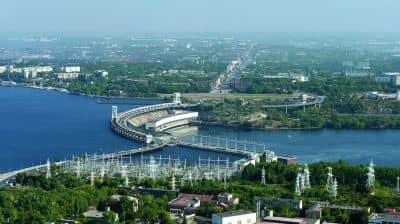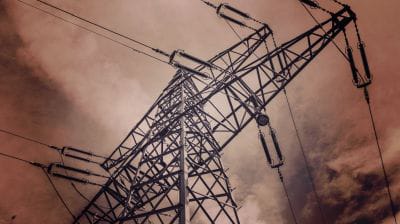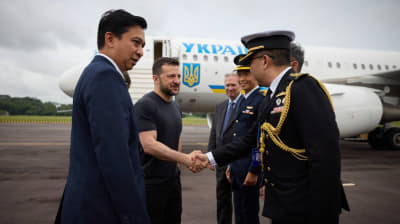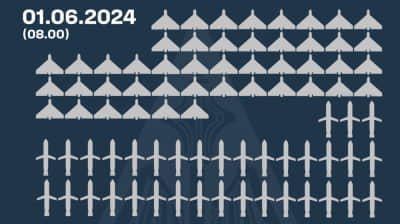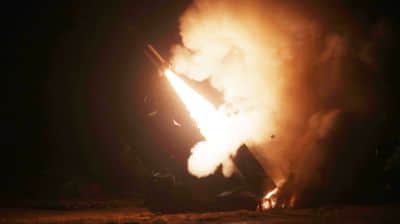Weather conditions slow combat pace in Ukraine – ISW
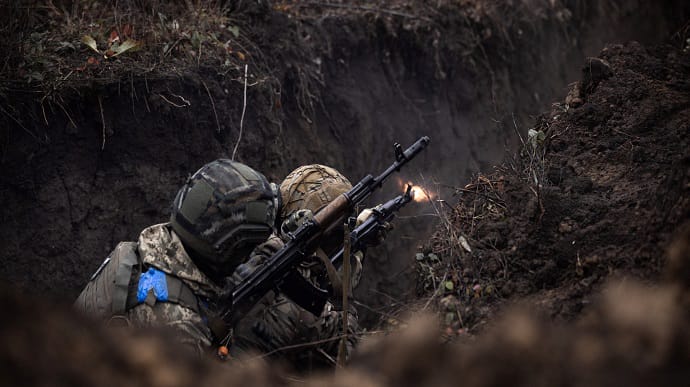
Adverse weather conditions have been slowing down the combat operations on the part of both the Ukrainian Defence Forces and the Russian occupying army.
Source: Institute for the Study of War (ISW)
Details: Analysts say poor weather conditions are continuing to slow down the pace of Ukrainian and Russian combat activity along the entire contact line, although not completely stopping it.
Lieutenant Colonel Volodymyr Fito, Spokesperson for the Ukrainian Ground Forces Command, noted that Russian troops were actively using aircraft on the Bakhmut front when the weather was suitable.
The officer added that the weather does not significantly affect the Russian artillery fire on the Bakhmut front.
Additionally, Russian military bloggers claimed on 1 December that strong winds near the town of Bakhmut and in western Zaporizhzhia Oblast had prevented Russian troops from using drones and artillery over the past two days.
One of these milbloggers claimed that whereas during light rain, Russian troops could conduct aerial reconnaissance near the village of Verbove (9 km east of the settlement of Robotyne), muddy terrain was hampering the advance of infantry and wheeled vehicles in western Zaporizhzhia Oblast.
The milblogger further added that Russian troops could only move using tracked vehicles, while Ukrainian forces persisted with intense artillery fire regardless of the adverse weather conditions in western Zaporizhzhia Oblast.
A Russian proxy in Zaporizhzhia Oblast, Vladimir Rogov, released footage on 2 December featuring roads in the mud on the Robotyne-Novoprokopivka-Verbove line in western Zaporizhzhia Oblast, claiming that these conditions have virtually immobilised Ukrainian wheeled vehicles, forcing the Ukrainian Defence Forces to launch infantry-only attacks.
Rogov's additional footage revealed a rat and mouse infestation in a Ukrainian trench in Zaporizhzhia Oblast, something he claimed was a result of the cold weather in the oblast.
To quote the ISW’s key takeaways on 2 December:
- Poor weather conditions continue to slow the pace of Ukrainian and Russian combat operations across the entire frontline but have not completely halted them.
- Russian forces launched another series of Shahed 136/131 drone and missile strikes targeting southern Ukraine overnight on 1-2 December.
- Ukrainian and International Atomic Energy Agency (IAEA) officials reported that the Zaporizhzhia Nuclear Power Plant (ZNPP) completely disconnected from all external power sources for five and a half hours on the night of 1 to 2 December, marking the plant’s eighth complete black out - all under Russian occupation.
- The US Treasury Department’s Office of Foreign Assets Control (OFAC) sanctioned three third party entities involved in the transport of Russian crude oil above the G7 price cap.
- The Russia Ministry of Defence (MoD) signalled that it likely intends to continue relying on crypto-mobilisation recruitment schemes for any potential increase in the size of the Russian military.
- The Kremlin’s policy towards the role of migrants in bolstering Russia’s industrial capacity continues to be inconsistent.
- Russian Foreign Minister Sergei Lavrov’s 30 November threat against Moldova may have emboldened certain pro-Russian actors to attempt to sow political instability and division in Moldova.
- Russian forces continued offensive operations along the Kupiansk-Svatove-Kreminna line, near Bakhmut, near Avdiivka, west of Donetsk City, in the Donetsk-Zaporizhzhia Oblast border area, and in western Zaporizhzhia Oblast and advanced near Avdiivka.
- Ukrainian partisans reportedly conducted a partisan attack against Russian military personnel in occupied Melitopol, Zaporizhia Oblast, on 1 December.
Support UP or become our patron!


